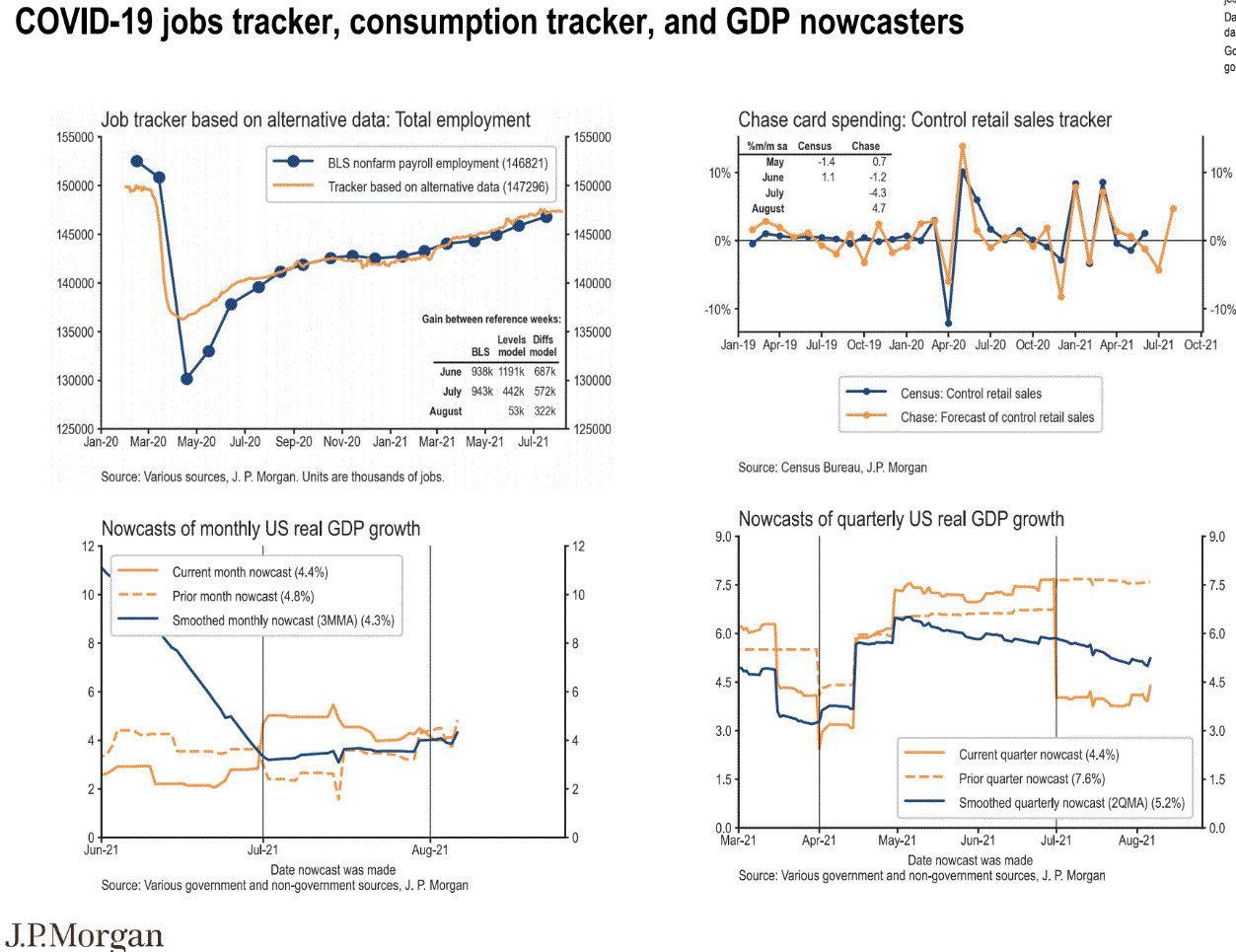Forex markets did as expected after good US jobs on Friday night. DXY took off as the Fed taper takes centre stage and EUR broke new lows:
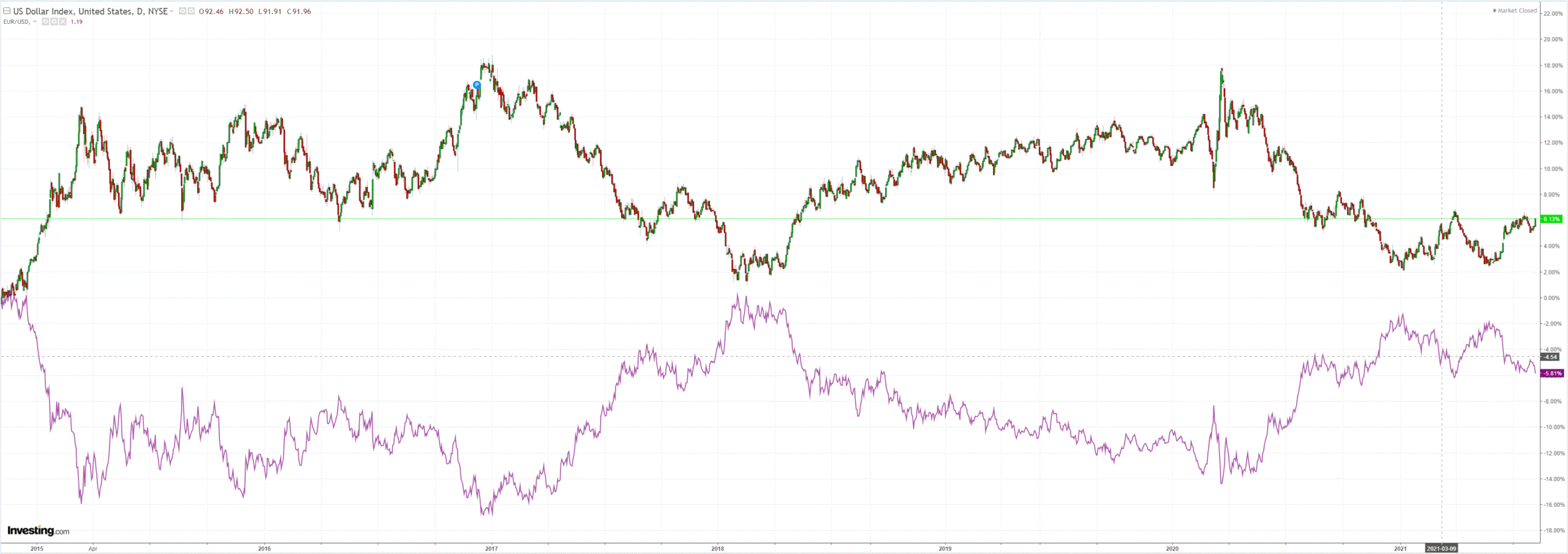
The Australian dollar was clubbed lower versus USD:
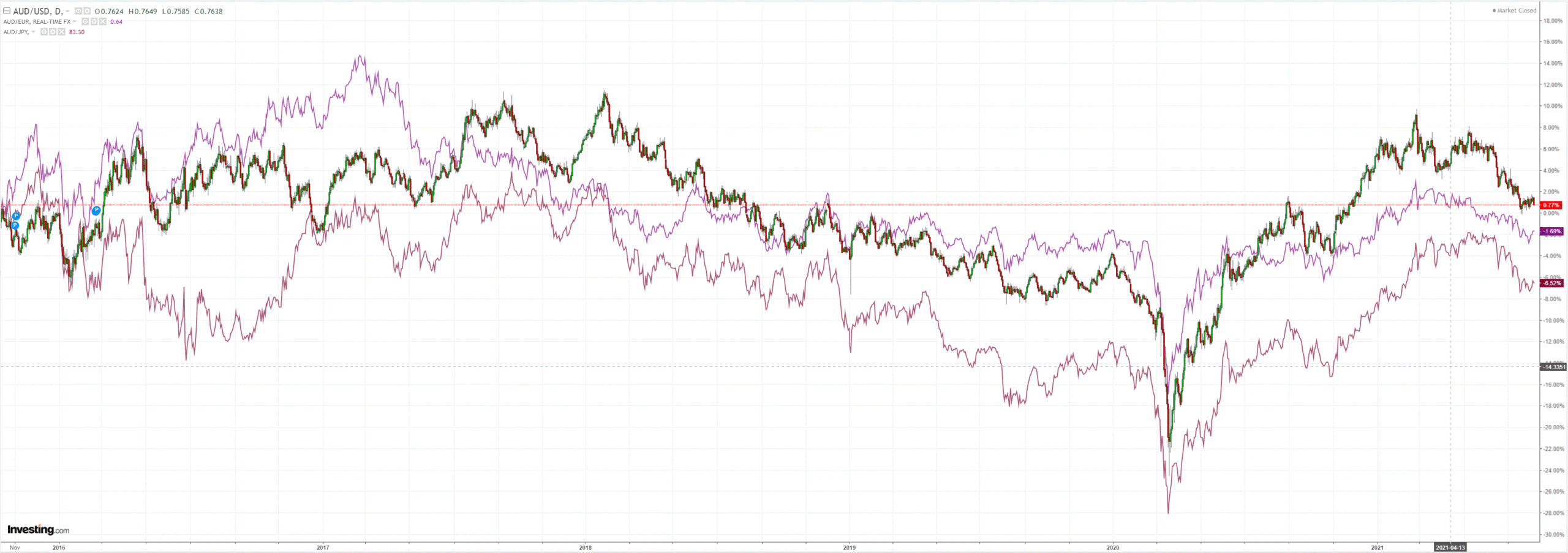
Gold was poleaxed and oil is in trouble:
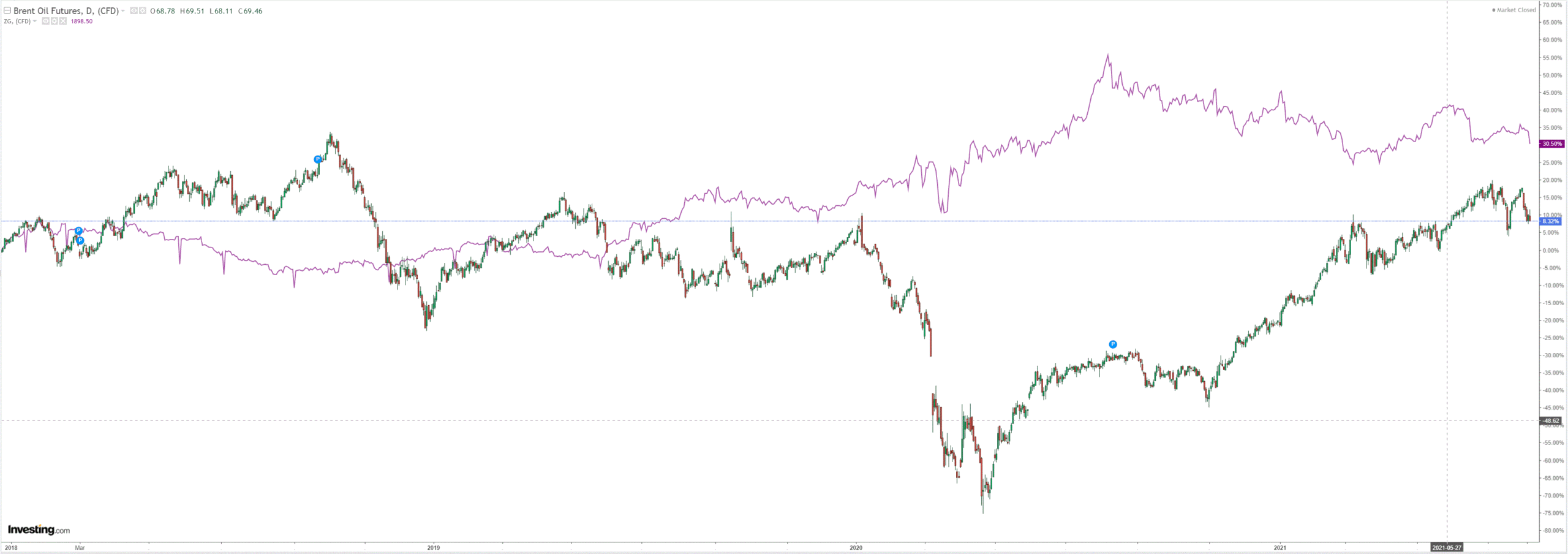
Base metals never like the a strong DXY:
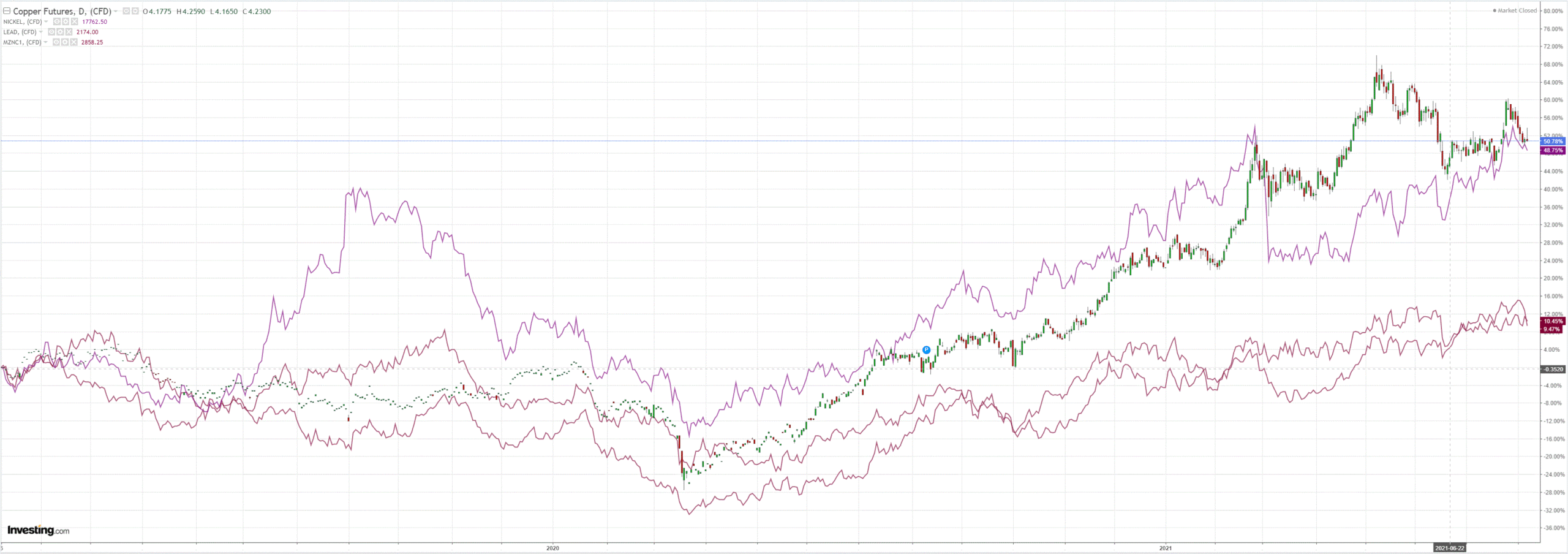
Miners managed to hold on but everything is turning against them now:
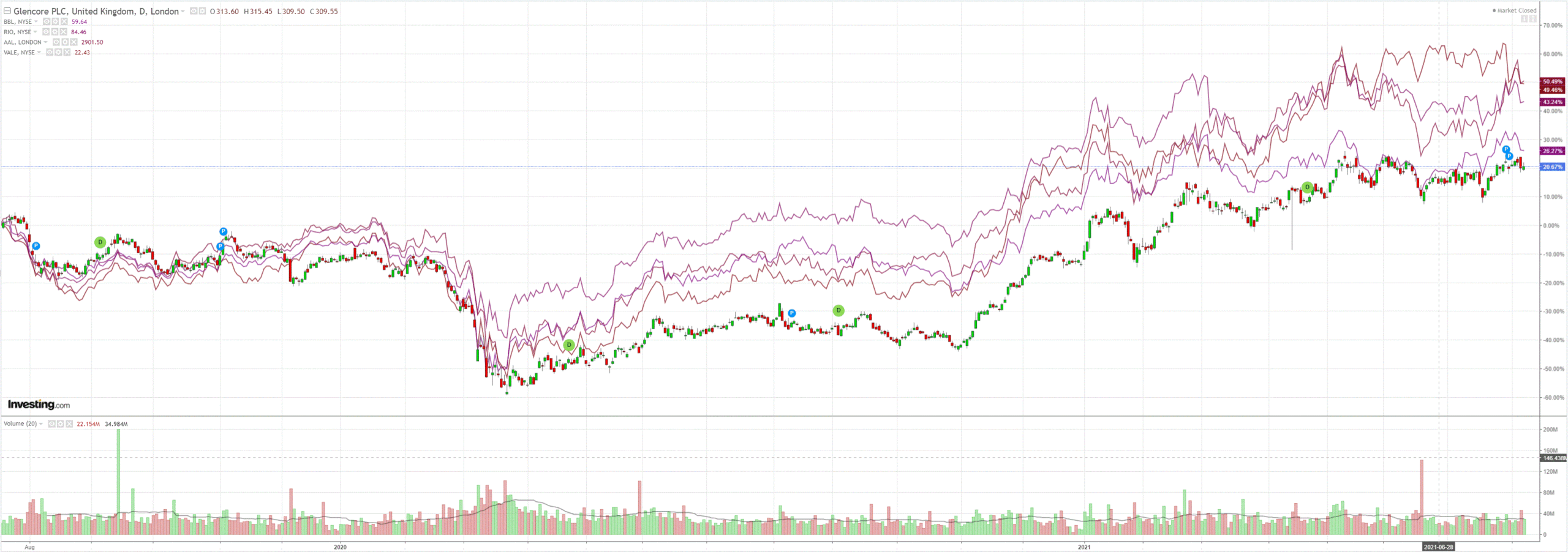
EM stocks likewise:
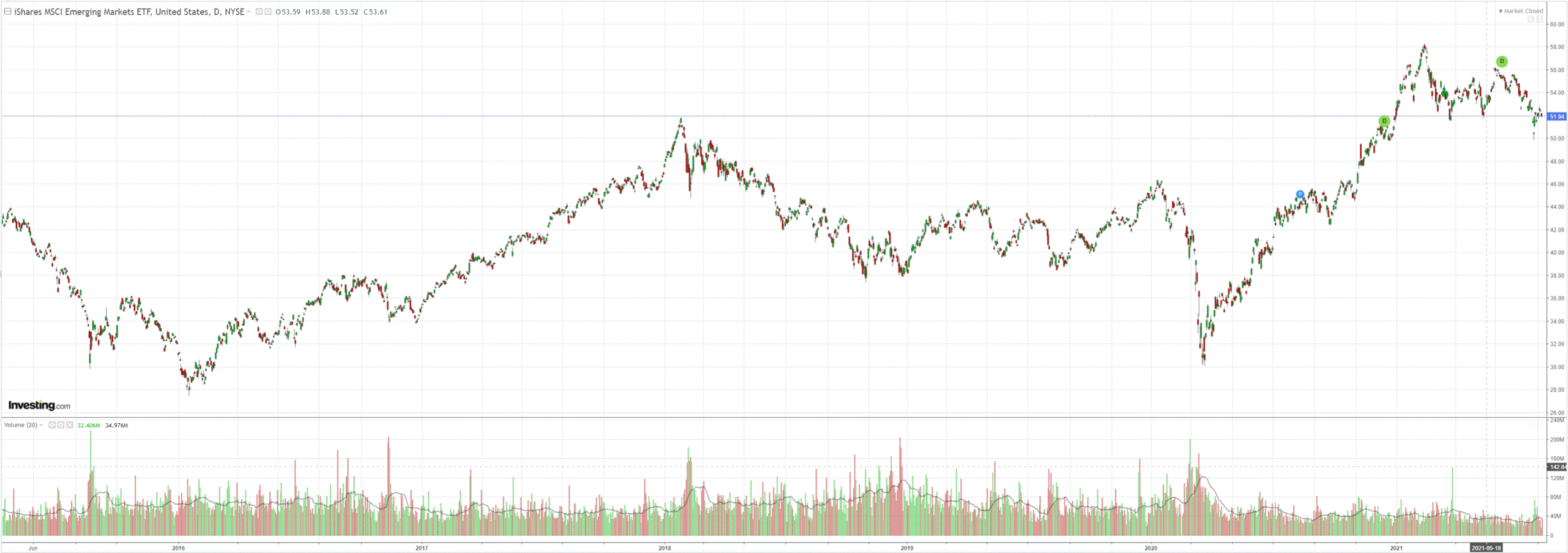
EM junk fell again:
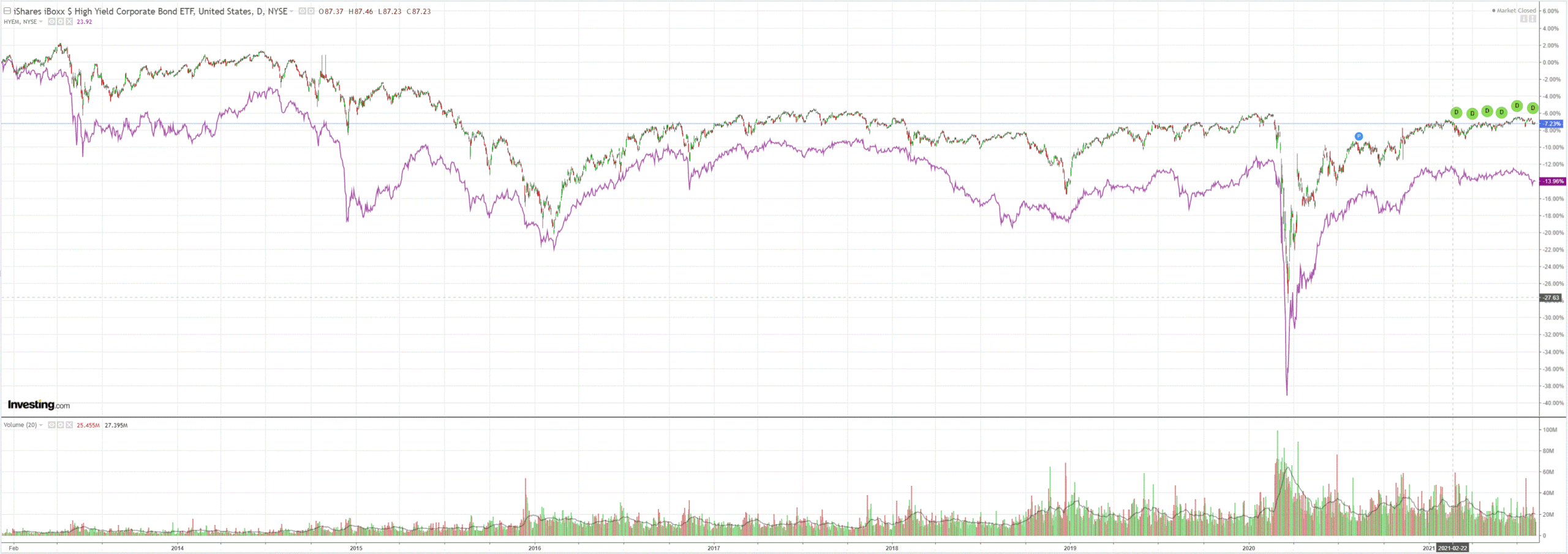
Value led stocks as growth eased back:
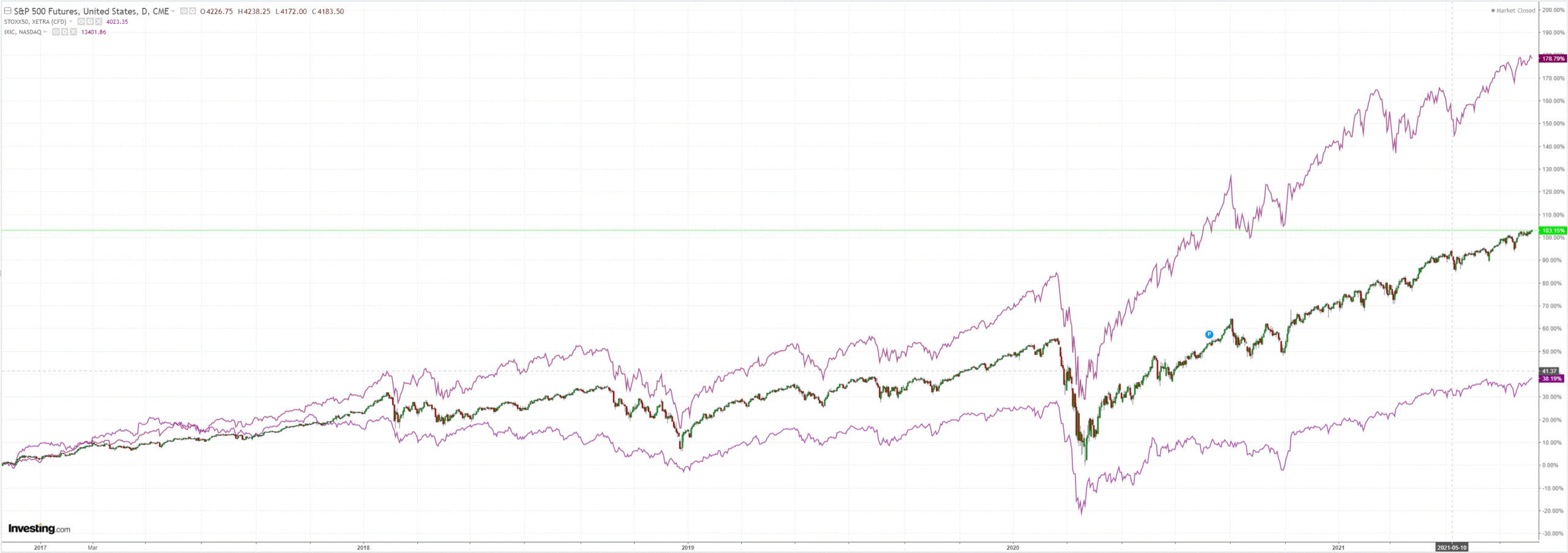
The US jobs release was excellent:
Total nonfarm payroll employment rose by 943,000 in July, and the unemployment rate declined by 0.5 percentage point to 5.4 percent, the U.S. Bureau of Labor Statistics reported today. Notable job gains occurred in leisure and hospitality, in local government education, and in professional and business services.
The unemployment rate declined by 0.5 percentage point to 5.4 percent in July, and the number of unemployed persons fell by 782,000 to 8.7 million. These measures are down considerably from their highs at the end of the February-April 2020 recession. However, they remain well above their levels prior to the coronavirus (COVID-19) pandemic (3.5 percent and 5.7 million, respectively, in February 2020).
In July, average hourly earnings for all employees on private nonfarm payrolls increased by 11 cents to $30.54, following increases in the prior 3 months. Average hourly earnings for private-sector production and nonsupervisory employees also rose by 11 cents in July to $25.83. The data for recent months suggest that the rising demand for labor associated with the recovery from the pandemic may have put upward pressure on wages. However, because average hourly earnings vary widely across industries, the large employment fluctuations since February 2020 complicate the analysis of recent trends in average hourly earnings.
In July, the average workweek for all employees on private nonfarm payrolls was unchanged at 34.8 hours. In manufacturing, the average workweek increased by 0.2 hour to 40.5 hours, and overtime was unchanged at 3.2 hours. The average workweek for production and nonsupervisory employees on private nonfarm payrolls was unchanged at 34.2 hours.
The change in total nonfarm payroll employment for May was revised up by 31,000, from +583,000 to +614,000, and the change for June was revised up by 88,000, from +850,000 to +938,000. With these revisions, employment in May and June combined is 119,000 higher than previously reported. (Monthly revisions result from additional reports received from businesses and government agencies since the last published estimates and from the recalculation of seasonal factors.
That’s about as good as it gets for a jobs report. But BofA is still warning:
Overall, the labor market took another positive step in the recovery but work still remains. The level of payrolls remains below pre-pandemic levels in all sectors with substantial gaps in the services sectors—especially in the leisure and hospitality sector. Moreover, the recent rise in Covid cases due to the Delta variant poses meaningful downside risk to the labor market recovery. Note that today’s jobs report was conducted in mid-July missing any potential negative impact from the recent wave. Consequently, it will be important to monitor future jobs report closely for any signs of a slowdown in the labor market recovery. This will be critical for the Federal Reserve–today’s report leaves September in play for a taper announcement but contingent on another very strong jobs report next month. More likely, the Fed will choose to signal the taper with the announcement forthcoming following additional data releases .
JPM backs this up a very good real-time job tracker that has stalled in August:
My view is that the doves have lost control of the Fed and taper is coming regardless. That means the Chinese credit clamps are about to be exacerbated by the US draining liquidity.
A rising DXY and tumbling commodities, EMs and AUD are the direct consequence.

